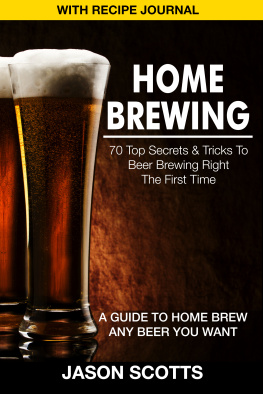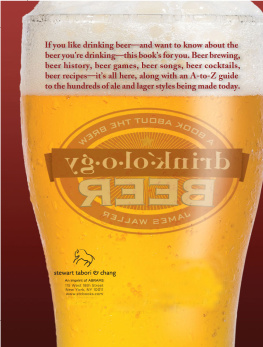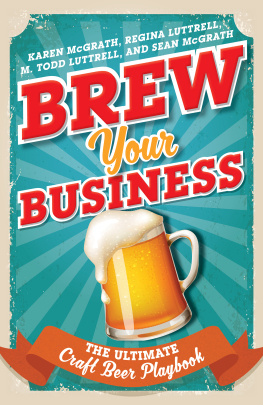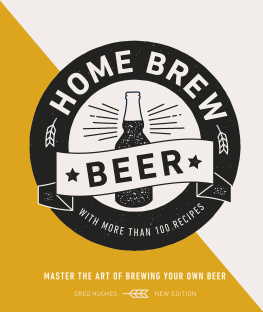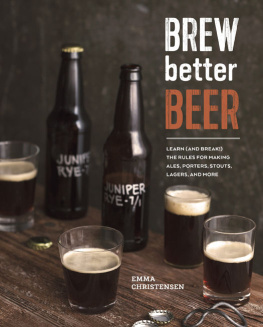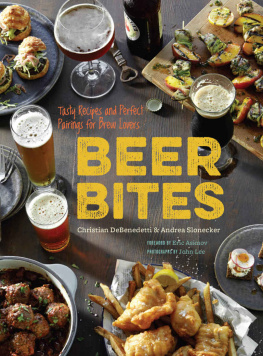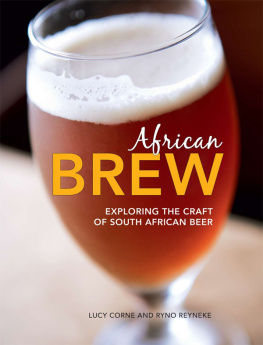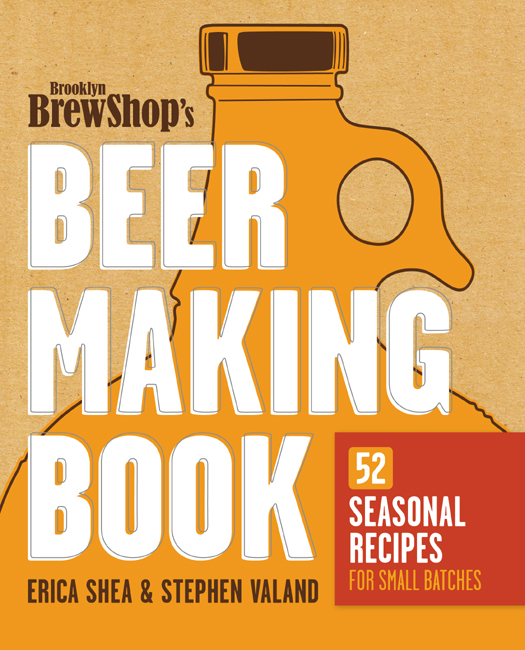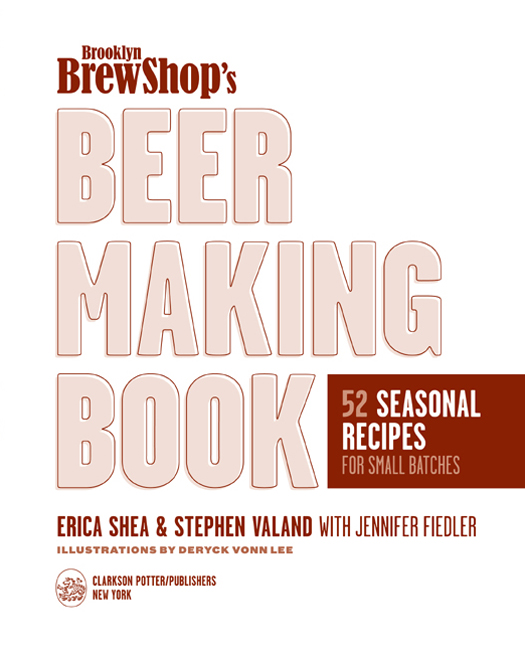
Copyright 2012 BY ERICA SHEA and STEPHEN VALAND
Illustrations copyright 2012 by Deryck Vonn Lee
All rights reserved.
Published in the United States by Clarkson Potter/Publishers, an imprint of the Crown Publishing Group, a division of Random House, Inc., New York.
www.crownpublishing.com
www.clarksonpotter.com
CLARKSON POTTER is a trademark and POTTER with colophon is a registered trademark of Random House, Inc.
Library of Congress Cataloging-in-Publication Data
is available upon request.
eISBN: 978-0-307-88921-8
COVER DESIGN by Laura Palese
COVER ILLUSTRATION by Deryck Vonn Lee
v3.1
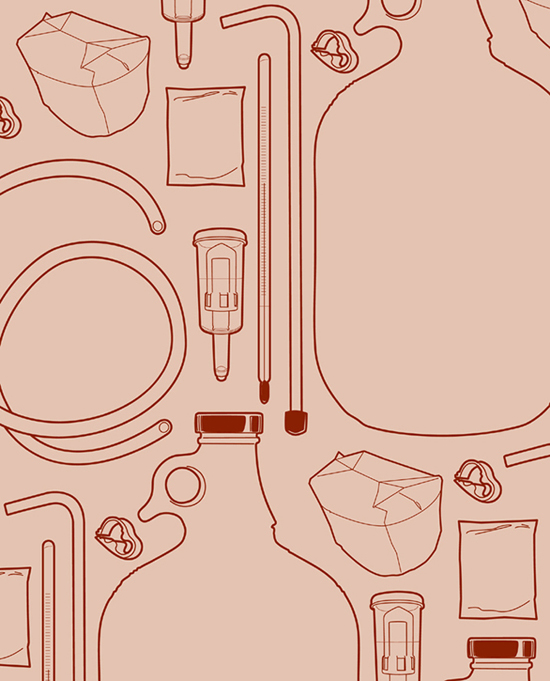



WHEN YOU FIRST LEARN HOW TO COOK, YOU FOLLOW EVERY INSTRUCTION IN A RECIPE. You buy full jars of spices, prep all the ingredients, preheat the oven, and then run back to the store to pick up that one item you forgot. And you worry, maybe, that you didnt add enough salt. What is a pinch anyway? But when you take the roasted pork chops out of the oven or taste your butternut squash soup and realize that youve made a meal thats not only edible but also delicious, its magic.

So you do it again. You discover that oil works instead of butter. Or that toasting pine nuts really does make a difference in flavor and that you dont need to check the thermometer to know when to take a chicken out of the oven. You stop reading the recipes and, instead, make up your own.
Thats what brewing beer is like, too. The first time, its magic. Its alcohol. Its carbonated. And you made it in your kitchen. But after you have a few batches under your belt, you see how it all works and can start to play around.
WE STARTED MAKING BEER after Erica unearthed an old glass carboy from her fathers basement, a relic from his brief foray into brewing some fifteen years earlier.
We loved to eat, and as recent college graduates, we didnt like the idea of being broke in New York City, so we cooked. We started making ice cream from scratch and then fresh pasta. We found that what we made was better than anything we could find on grocery store shelves. When we inherited the brewing equipment, beer seemed like a natural choice for our next project.
For a month, we read brewing books and websites, trying to understand the process, the vocabulary, and the science. It was intimidating. What was acidulation? What was fluctuation? But when we actually turned on the stove, we discovered a funny thing: Making beer was easy.
Beer is made from just four basic ingredients: grains, hops, yeast, and water. You steep the grains in hot water to extract their sugars, strain and discard the grains, and then boil the collected liquid with hops to get the right flavor. After that, the yeast does most of the work. It eats the sugar left over from the grain to produce alcohol and carbon dioxide.
Our beer was not just any beerit was good beer. Some of the recipes in this book originated from these early trials. Our was one of the first beers we created and is still one of our most popular and requested recipes.
So we kept at it. Making beer in our kitchen in small batches had advantages to buying beer on store shelves. We used the same process that breweries do, just scaled down, and we had access to the same high-quality grains, hops, and yeast. But since we were making beer for just the two of us, we could use ingredients that might be cost-prohibitive for a larger operation. For a brewery, honey and maple syrup are a lot more expensive than corn sugar, but we already had those in our cupboard. And we could use herbs from our kitchen garden or berries that we picked up at the greenmarket instead of lesser-quality syrups and extracts.
TAKE A TRIP TO ANY OF THE REALLY BIG BREWERIES IN AMERICA and youll notice something strange: They look like a place that would more likely produce high-grade plastics than beer. Brewing wasnt always something done in industrial-size tanks with top-grade scientific equipment. It was a craft. Monks brewed beer. Women brewed beer. It was part of running a kitchen in the seventeenth and eighteenth centuries because drinking beer meant not dying from drinking contaminated water.
In northern Europe (where most styles of beer on shelves today originated) differing climates and local ingredients made for regional variations. In Belgium, brewing with wheat, sugars, and spices produced hazy witbiers, complex saisons, and high-alcohol tripels. In Germany, a grain shortage that threatened food stocks led to the passage of the Beer Purity Law of 1516 (Reinheitsgebot), stating that in most cases, beer could only be made from barley, hops, and water. Crisp lagers, malty amber bocks, and rich, dark dunkels were the result. Robust porters came from England, farmhouse ales from France, and red ales from Ireland.
European brewing styles came to America with the colonists. Pilgrims made beer out of pumpkins, spruce, and corn when stocks of traditional grains ran low. Even the founding fathers brewed beer; one of George Washingtons recipes called for wheat bran and molasses. By the nineteenth century, there were more than 4,000 active small, local brewerieswell over two times as many as there are today. The swift one-two of Prohibition and the industrialization of all things edible, however, knee-capped independent brewers. Beer production became concentrated in a few hands, making bland, watered-down lagers the standard for what America had to offer.
In 1978, when he wasnt nailing solar panels to the White House roof, President Jimmy Carter signed the bill that lifted restrictions on home brewing, and things began to change as local independent breweries sprang up by the handful and people who loved craft beer started to brew their own at home.
A lot has happened in the beer world since the seventies. The big breweries have grown even bigger, but so too has the world of independent craft breweries. Beer has become big business. Some big beer factories dont even use real hops anymore; some craft breweries use more than ever.


